To The Beat Of A Different Drum
Exhibit of works by Mary Nohl and Lucia Stern presents two fascinating Milwaukee mavericks.
Even many who don’t know art know about Mary Nohl. Often referred to as a “witch,” she owned the house on Beach Drive in Fox Point which was often a destination for teenagers to snoop around and catch a glimpse of the Easter Island-like concrete faces filling the yard and lending a ghostly surreal presence to Lake Michigan in the moonlight.
By contrast, Nohl’s near contemporary, Milwaukee artist Lucia Stern, had a quiet, anything but notorious career, doing her art while serving as a docent and lecturer. Works by the two women are now featured in a show at the Portrait Society: “Mary Nohl and Lucia Stern Mid-Century Mavericks.”
Both artists used primarily line in their drawings. Both used “found materials” and were drawn to experimentation. Both drew on the shapes of living organisms, but not literally (Stern was purely abstract.) Both did paintings, drawing, sculpture and collages, while Stern also did mixed media works. Examples of all are represented in a show that is as interesting for its back story as its art.
Mary Nohl (1914-2001) grew up in a well-to-do family. Her father was a highly successful lawyer and a stern but loving parent. He believed his daughter should learn whatever sparked her interest and insisted she be allowed to skip Home Economics in high school and take Mechanical Drawing instead. She was the only girl in her class to win competitions with her own designed and built model airplanes. Later on he supported her ventures into a pottery studio and would help her make sculptures and improvements on the Beach Dr. property. “Whatever makes Mary happy” was her mother’s refrain.
She was adventurous and curious as a child and was constantly building and creating. She used whatever materials were at hand and this would continue into her later art. Her parents were famously frugal and were recycling and repurposing long before it was fashionable. They did not skimp on travel, however, and took Mary and her brother on fabulous trips. At the age of 13 they went to Cuba, Haiti and Jamaica. This was the beginning of Mary’s love of travel which lasted into the 1970’s.
Nohl has the reputation of a recluse, but I think she was private not reclusive. She is not an outsider artist or primitive as she is sometimes called. Her idiosyncratic style is grounded in her own personal expression and reflects her life, childhood memories and experiences. Compared to Stern, Nohl creates work with a more rustic, hand-hewn feel. Her large almost brutalistic figures have a monolithic feel. Her ceramics are much more delicate, but never really precious. They are small, table top pieces of fish, heads and fantastic animals.
Some time after her death I was lucky enough to view her home and yard, where her art was created and it made a powerful impression. But when divorced from this environment and exhibited in a gallery, the individual works are less impressive, charming but a bit clunky to my eyes. (That latter quality might help explain the primitive label sometimes attached to her work.) Still, she is certainly unique.
I was less familiar with and more intrigued by the work of Lucia Stern. Less is known about her life (1895-1987). Her birth name was Martha Ida Lucia Karker, she grew up in Milwaukee and married Erich Stern, a lawyer. She had a degree in music from the Wisconsin Conservatory of Music, but travel changed her as well. She spent a lot of time in Paris and got to know artists like Picasso and Brancusi, and was even a portrait model for the artist László Moholy-Nagy. She also spent time in New York, meeting artists like Steichen and Stieglitz. That sounds like a pretty fun life.
Stern’s work was mostly non-representational, pure abstraction using acrylic paint in bold shapes and colors and layering, netting or stitching into the surface of the piece. Her mother was a lace maker and it clearly had an impact on her art. As did work of artists like Picasso, Matisse and Brancusi. Stern also gravitated to collage, which was used in Cubism and Surrealism and by European artists she admired.
Her boldly colored abstract paintings are less interesting to me than her collages and mixed media works combining painting, delicate line drawings and collage. They are more complex and layered and engaging, the most subtle works in this exhibit.
While Nohl’s work feels more personal, recalling childhood playfulness and reflecting her love of nature, travel and whimsy, while Stern’s is more a reflection of her experience in the world of high art, of great artists and movements like the Bauhaus school, about design, color, line and art for art’s sake.
There is finally, one other interesting aspect of this show: The style of Mid-Century Modern, which is reflected in the art here, is very fashionable now with lots of people throwing out their antique /vintage furniture and objects for the more recent vintage of the 50’s and 60’s.
In short there is a lot to consider in this exhibit, yet another intriguing show by Portrait Society owner Debra Brehmer, who is something of a maverick herself.
Mary Nohl and Lucia Stern Mid-Century Mavericks Gallery
“Mary Nohl and Lucia Stern Mid-Century Mavericks,” through March 19, at the Portrait Society, 207 E. Buffalo St., #526.
Art
-
Winning Artists Works on Display
 May 30th, 2024 by Annie Raab
May 30th, 2024 by Annie Raab
-
5 Huge Rainbow Arcs Coming To Downtown
 Apr 29th, 2024 by Jeramey Jannene
Apr 29th, 2024 by Jeramey Jannene
-
Exhibit Tells Story of Vietnam War Resistors in the Military
 Mar 29th, 2024 by Bill Christofferson
Mar 29th, 2024 by Bill Christofferson
Review
-
Ouzo Café Is Classic Greek Fare
 May 23rd, 2024 by Cari Taylor-Carlson
May 23rd, 2024 by Cari Taylor-Carlson
-
‘The Treasurer’ a Darkly Funny Family Play
 Apr 29th, 2024 by Dominique Paul Noth
Apr 29th, 2024 by Dominique Paul Noth
-
Anmol Is All About the Spices
 Apr 28th, 2024 by Cari Taylor-Carlson
Apr 28th, 2024 by Cari Taylor-Carlson

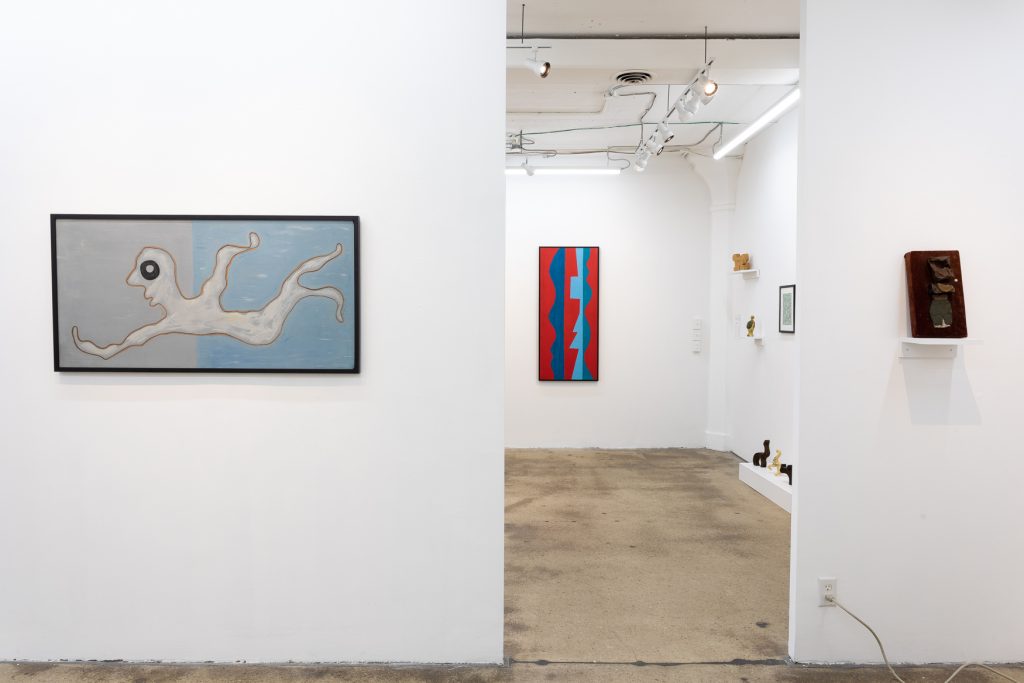
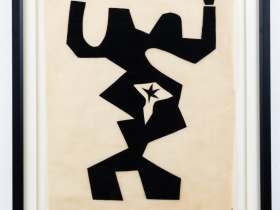
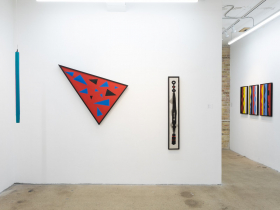
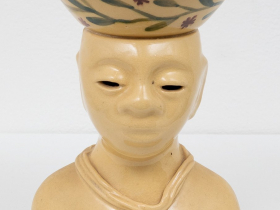
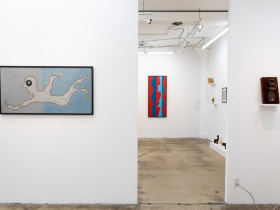
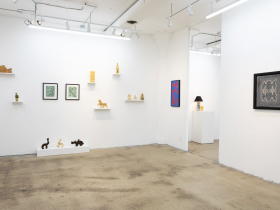
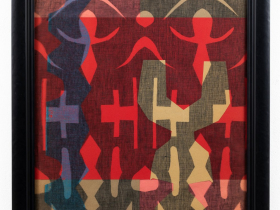




















Great review of this show!